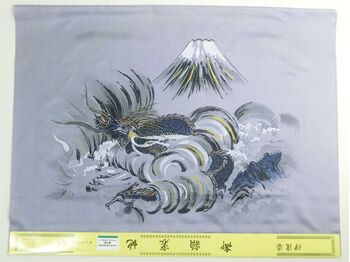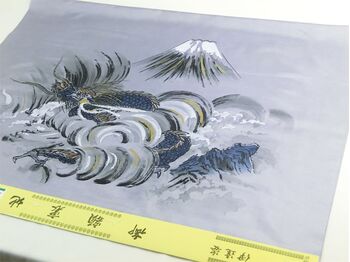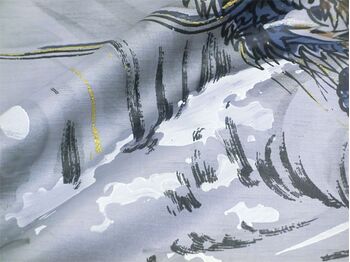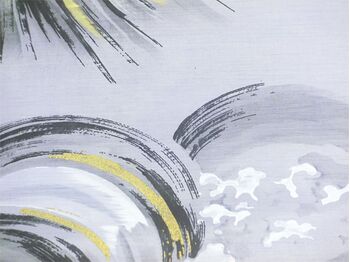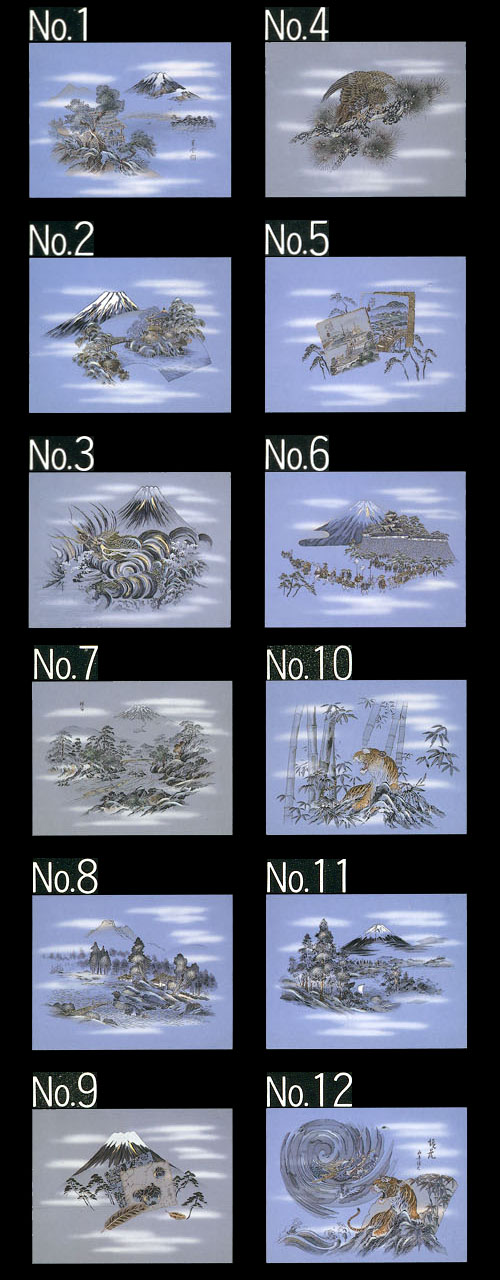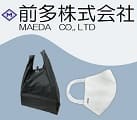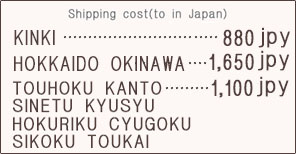 Click on the mark for details.
Click on the mark for details.Hikohibidemi no Mikoto (Emperor Jinmu, the first emperor) was born from the belly of a dragon. The eight-forked serpent of Koshi (later Koshi) and the dragon palace of the sea god Yahirowani, which appear in Japanese mythology, have been handed down to the present day. The Japanese dragon is considered to be a fusion of the originally Japanese belief in nature worship as a god and the patterns and Chinese dragons imported from China. The dragon is connected to the four gods and five beasts, and the blue dragon in particular is famous for being depicted in its present form in ancient tombs. The Kutsura Ryu, Nine-headed Dragon, and Zenjo Ryuoh (Seitakigongen) legends are also well-known, which are a fusion of the legend of the mythical eight-forked serpent and the Buddhist legend of the eight great dragon kings. The dragon in the northern region of Koshikuni, etc., was called the Black Dragon. The mirage of the dragon's palace and the sacred turtle Mount Horai are said to be auspicious.
In the days when flood control and irrigation technology was in its infancy, people offered food and sacrifices to the dragon god when rivers overflowed or there was a drought. In the Shinto religion, the dragon goddess was represented as Kushinadahime, and in the Buddhist religion, high priests prayed to her to pray for rain. There is a famous anecdote about Kukai praying in Shinsen-en (south of Nijo Castle) and invoking the Zenjo Ryuoh (Seitakigongen) to bring rain.
The sword was also believed to be an incarnation of a fiery dragon. The Ama-no-Murakumo Sword (later the Kusanagi Sword) was worshipped at Ise Jingu Shrine (later Atsuta Jingu Shrine) as a sacred weapon representing that the sword born from the eight-forked serpent was the emperor, and it was also considered a guardian deity. In the Middle Ages, swords and helmets were decorated with dragon figures and used in warfare.
In addition, he became an object of folk belief as a god of water and a god of war in many places. It symbolizes the fact that the Japanese archipelago is a land of water.
From Japanese dragon in Wikipedia
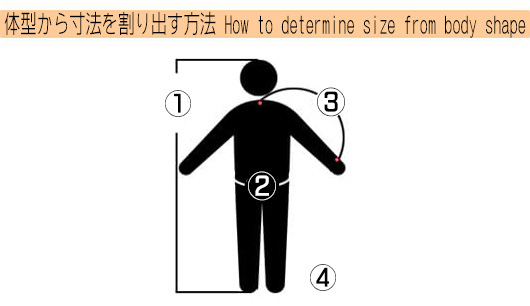
- ①「身長」/「hight」
- ②「ヒップ」または「胴回り」/「hip」or 「girth」
…胴囲の一番大きい部分です。
It is the largest part of the waist circumference. - ③「裄(ゆき)」/「Length of sleeve」
…腕を水平から下に30度まで上方に上げて、
首の後ろの骨のあたりから手首の骨まで。
首の骨のぐりぐり(第七頸椎の後ろ)から手首の骨のぐりぐりまで。
Raise your arms up to 30 degrees below horizontal, From around the back bone of the neck to the wrist bone. From the neck bone gouge (behind the seventh cervical vertebra) to the wrist bone gouge. - ④「体重」/「weight」
※襦袢の裄丈は着物の裄丈に対し約5mm短くなります。
*The sleeve length of the juban(kimono underwear) is about 5mm shorter than the sleeve length of the kimono.
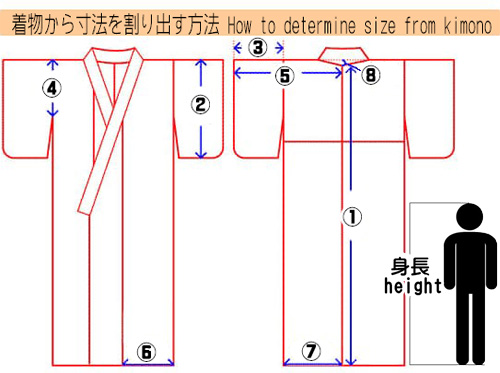
お手持ちの着物に合わせた着物や長襦袢を作りたい方は、ご自身の【身長】と、
上記図を参考に、その着物の、【①身丈・②袖丈・③袖幅・④袖付・⑤裄・⑥前幅・⑦後幅】の合計8つのサイズおを教えください。
If you want to make a jyuban(kimono underwear) that matches your kimono, please tell us your [height] and Refer to the diagram above to 【①determine the length, ②sleeve length, ③Length of sleeve, ④Width of the sleeve's seam, ⑤Length of sholder and sleeve, ⑥front width, and ⑦back width】 of the kimono.Please let me know the total 8 sizes.
※襦袢の裄丈は着物の裄丈に対し約5mm短くなります。
*The sleeve length of the juban(kimono underwear)is about 5mm shorter than the sleeve length of the kimono.













